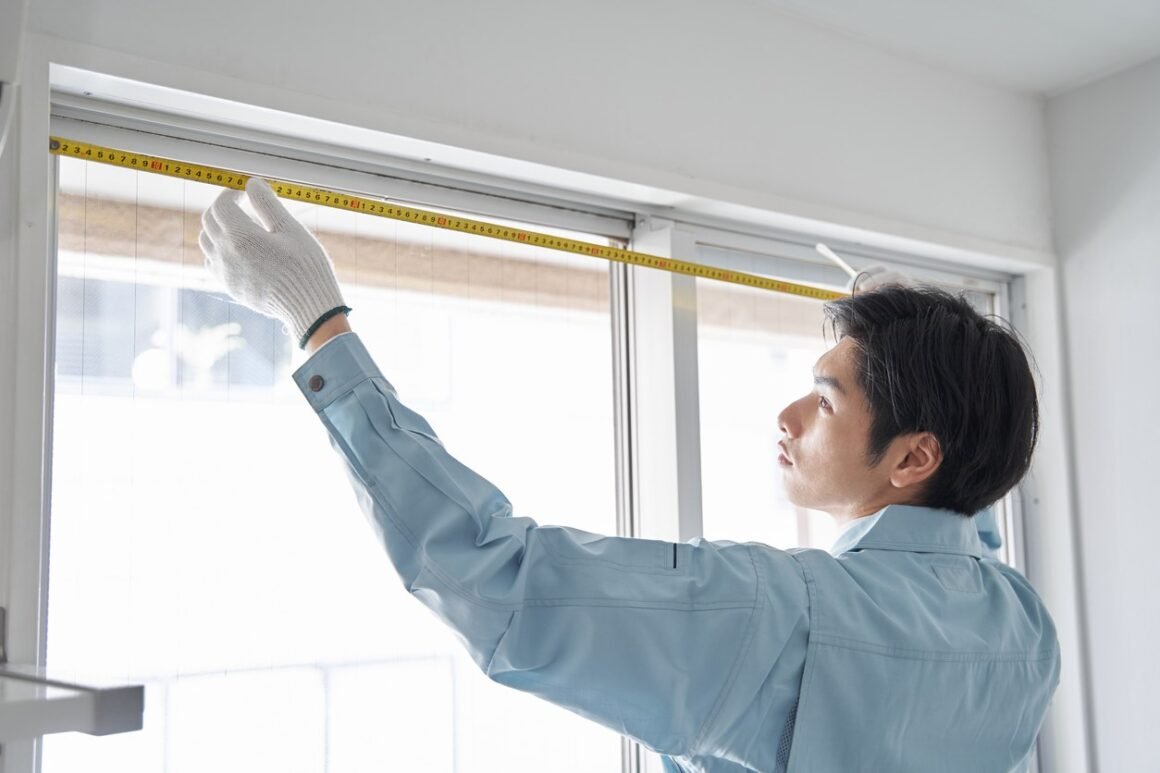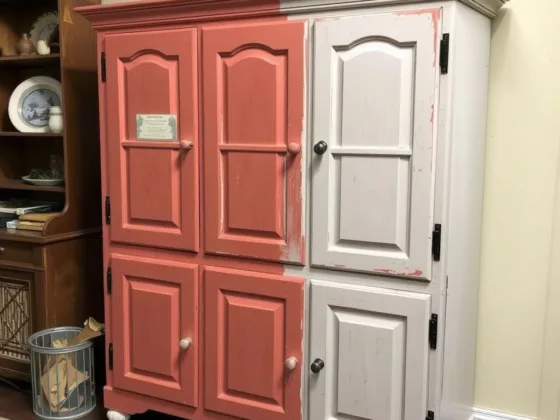Windows must be both functional and attractive. To ensure they function well, the window industry has developed standard sizes over time that can fit most properties. But there are also custom sizes and shapes available on the market today.
When you need window replacement, you can trust your leading replacement window installer, such as Window Seal West in Calgary, to provide the right fit for your home.
Below, we explore how window sizing works and the standard sizes most manufacturers produce.

Common Window Types
When you need new windows or window replacement, it helps to know a little about common window types. These types are generally available in the sizes you will need.
These common types include:
- Single-hung
- Double-hung
- Bay
- Picture
- Sliding
- Awning
- Casement
Single-hung and double-hung are the most popular window types. You can find these used in new construction and for replacements in older homes.
Single-hung has a mobile lower sash opening up and down, while the upper sash remains fixed. Double-hung feature mobility in both the upper and lower sashes.
Bay styling lets in a lot of light with a bow-front design to create more glass exposure. Picture styles use the outdoors to break up wall space, much like art, you hang on the wall. But picture panes do not open.
Sliding styles are most often in newer homes, particularly in small areas that need ventilation, such as bathrooms. Awning styling enables you to have your window open during rainfall because the panes are hinged at the top of the frame.
Read Also:
They open outward, enabling rain to run off to the ground, instead of inside your building. A casement window provides unobstructed views with the opening swinging panes to the side or up.
Each type is sold in standard sizes to suit a broad range of home designs. But measurements are certainly key to finding the right fit.
It is generally best to rely on an experienced installer’s measurements, particularly since the measurements can vary from one side of the window to the next. The figures must also include multiple measurements, such as height, width, and depth.
Standard Window Sizes
The type of window you plan to install plays a major role in the standard window sizes. But it is important to know that manufacturers consider the rough opening size when developing their go-to sizing.
They also always take off a half-inch from the window width and height for proper fit and function. An experienced installer then uses shims to secure the window in place.
For standard window sizing, you can expect the following:
- Double-hung: 24″ to 48″ wide, 36″ to 72″ high
- Picture: 2′ to 8′ wide, 1′ to 8′ high
- Sliding: 36″ to 84″ wide, 24″ to 60″ high
- Bay: 3.5′ to 10.5′ wide, 3′ to 6.5′ high
- Casement: 1’2″ to 2’11.5″ wide, 2’5.5″ to 6’5.5″ high
- Awning: 2″ to 3’10” wide, 1’8″ to 7’8″ high
If your window sizes are not listed within the above ranges, you are not out of luck. Manufacturers will produce your custom window sizes based on your window openings’ exact measurements.
Your window sizing generally depends on the age of your home. Much older homes tend to have unique sizes because of the era in which they were built. Time and weather also affect your opening sizing. The design of your home can also affect your needs.
No matter your window sizes have no fear. Your local window replacement specialist can help you find the right type, size, and fit. They will even install them for you to make the process much easier. This takes all of the guesswork, measuring, and sizing off of your shoulders.











